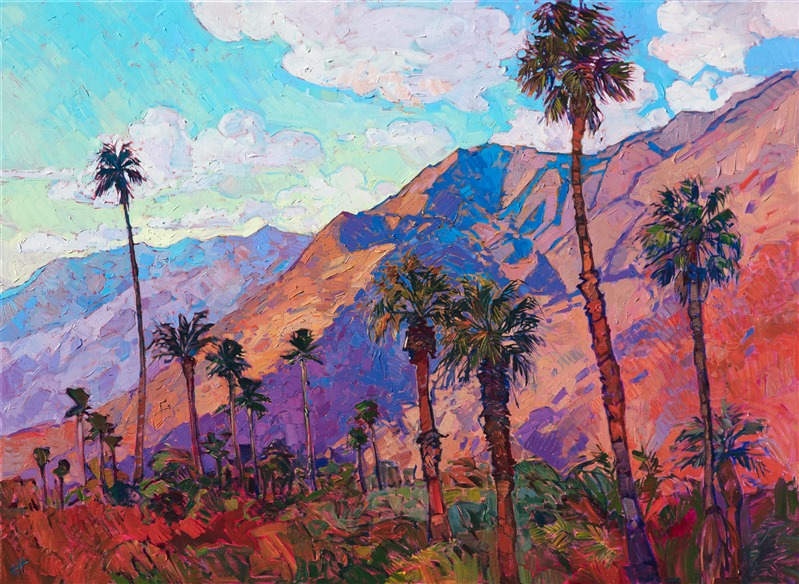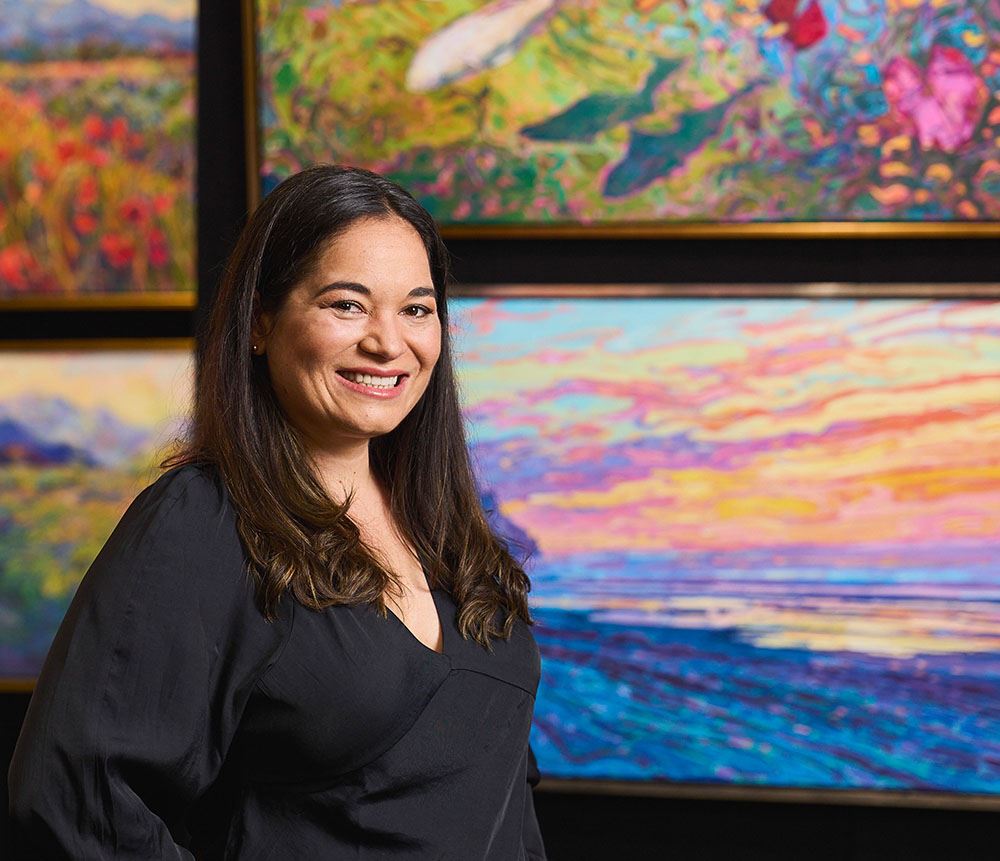Subtotal
$0
U.S. Shipping
FREE
Saved for Later
Shopping Cart
Subtotal
$0
U.S. Shipping
FREE
Saved for Later
Copyright is an essential protection for artists. The fact that a piece of art is unique is what makes it valuable, so safeguarding that one-of-a-kind piece is vital to any artist who wants to make a living.
Fortunately, the Founding Fathers of the United States felt the same way about copyright as we do - that the law should protect any unique idea or concept put into reality. Article I, Section 8, Clause 8 of the Constitution states: "[The Congress shall have power] to promote the progress of science and useful arts, by securing for limited times to authors and inventors the exclusive right to their respective writings and discoveries.”
Additionally, the US Copyright Office says that “Copyright is a form of protection grounded in the U.S. Constitution and granted by law for original works of authorship fixed in a tangible medium of expression. Copyright covers both published and unpublished works.”
It further states that copyright protection starts the moment a work is created. Works covered by copyright include pictorial, graphic, sculptural, audiovisual, literary, and musical works along with choreography, architecture, and motion pictures. Pretty much every creative endeavor is considered protected under copyright once it has been put into physical form.

Santa Rosa Dawn by Erin Hanson
How Does Copyright Work?
While copyright law in itself seems pretty straightforward, many lawsuits have been brought over the years, which have complicated the simplicity of the law. On top of this, we have the development of the internet - where there are many ways to share works of art that benefit the artist.
Keeping these factors in mind, here are some essential details that one must understand about how copyright affects paintings and other works of art:
All works, once put into physical form, are protected under copyright.
This is probably the most important takeaway from any article on copyright. The original artist owns his or her physical painting until it is sold, and the original artist retains the exclusive right to make reproductions of his artwork, even after the original is sold. This copyright covers recreations, duplications, reprintings, and any other form of “copying” you can think of. The artist may sell others the right to make reproductions through licensing contracts.
This would have been simple and straightforward before the internet. For example, when an artist provides a piece to a gallery or museum, that creator often gives permission for copies of that artwork to be used in promotional media like flyers, posters, and more. However, with the emergence of an online community, it's beneficial to many artists to allow copies of their works to be shared.
Here at The Erin Hanson Gallery, we love seeing the joy Erin's artwork brings. So, we encourage those who love Erin Hanson's works to share their favorite pieces online. All we ask is that they provide proper attribution, letting their friends and family know that the piece they are showcasing was created by Erin Hanson.
Copyright does not protect ideas or style.
A work must be in physical form to be protected by copyright. Additionally, while copyright does make it necessary for an artist to permit a derivative work (for example, a painter would need permission from a photographer if he/she were to paint a picture duplicating that photographer’s photograph), it does not cover a style of painting. This allows the art community to freely create in any style past or present such as impressionism, cubism, surrealism, pop art, etc.
As a note: Many artists, including Erin, allow the creation of derivative works - they just ask that the creator does not sell or profit from this creation. If they wish to do so, copyright law gets involved, and the copier must receive permission from the original artist before selling any re-creations of his artwork.
Copyright covers public display of artwork.
An artist must give permission to have his or her work displayed publicly, put into a film, added into the backdrop of a play, etc. This is the case with any form of art from scripts to choreography to music to painting. As we said at the top of the article, the thing that makes art valuable is its uniqueness. If you take that away, the work becomes universal and therefore less valuable, thus damaging the artist’s livelihood.
Just because a photo is on the internet does not mean the artist has foregone copyright.
There is a perception that, if you can Google an image, it’s up for grabs. This is absolutely not the case. While there are things like stock images extant, they have their own copyright notices attached to them, and they must be purchased. When something (like a photo of a painting) is not a stock image, the person who wishes to use the image must get permission from the artist.
Some older works are no longer covered by copyright law.
While copyright covers any works that exist during an artist's lifetime, things get a little tricky after the artist has died. While there are rules of thumb when it comes to copyright, it’s important to note that the artist’s estate or heirs may have renewed the copyright since the work was published or since the artist’s death. Therefore many works which you may think are in the public domain are still covered by copyright. The only surefire way to know a work is no longer under copyright is if the work was published in the U.S. before 1923.
There are many ins and outs of copyright law, and we are not lawyers, so we cannot get into all of them here. However, the general rule of thumb is that if a work of art exists and the artist is alive - that work is covered by copyright, and you need to ask permission to use it. If it is after the artist’s death, you still need to find out if the work is covered by copyright law. If that artist was alive after 1923, it likely still is covered.
Erin Hanson is a prolific artist and she creates incredible works of art every day. You can find both original paintings and prints right here at The Erin Hanson Gallery. So, if you would like a painting or print created by Erin Hanson, be sure to enjoy this website or visit us at the gallery! Her work is uniquely beautiful and when you purchase it through this site, you are buying directly from the artist.
Discover the artist at the forefront of modern impressionism.

About Erin
ERIN HANSON has been painting in oils since she was 8 years old. As a teenager, she apprenticed at a mural studio where she worked on 40-foot-long paintings while selling art commissions on the side. After being told it was too hard to make a living as an artist, she got her degree in Bioengineering from UC Berkeley. Afterward, Erin became a rock climber at Red Rock Canyon, Nevada. Inspired by the colorful scenery she was climbing, she decided to return to her love of painting and create one new painting every week.
She has stuck to that decision, becoming one of the most prolific artists in history, with over 3,000 oil paintings sold to eager collectors. Erin Hanson’s style is known as "Open Impressionism" and is taught in art schools worldwide. With millions of followers, Hanson has become an iconic, driving force in the rebirth of impressionism, inspiring thousands of other artists to pick up the brush.